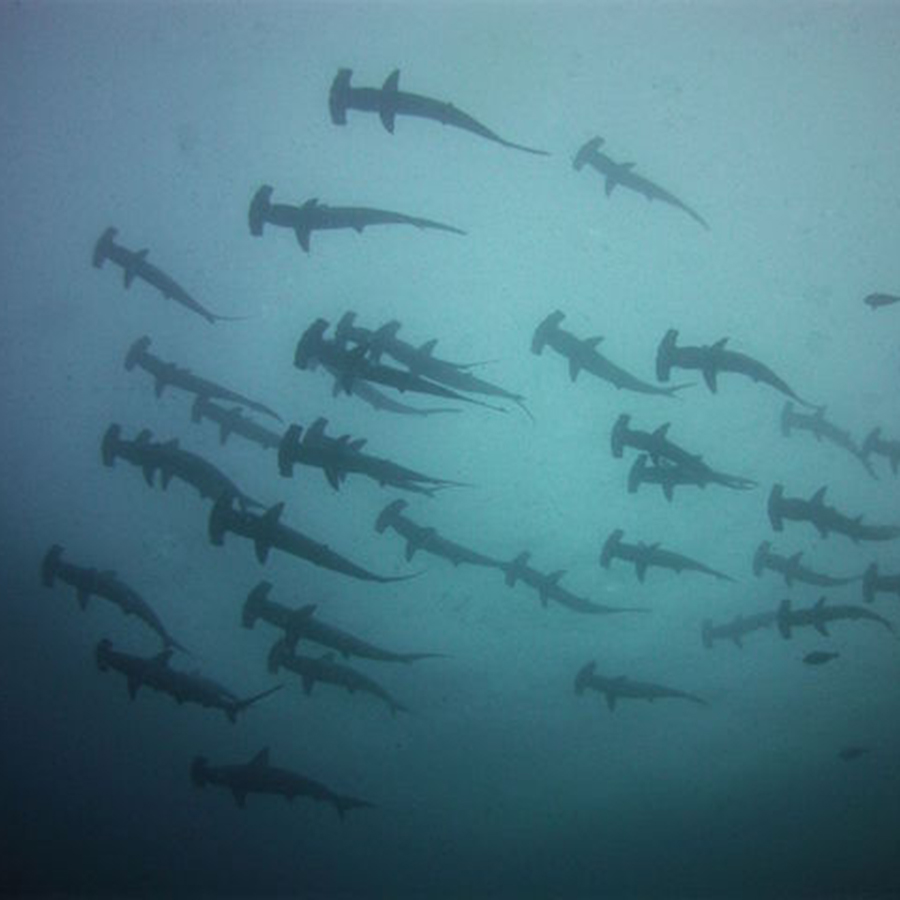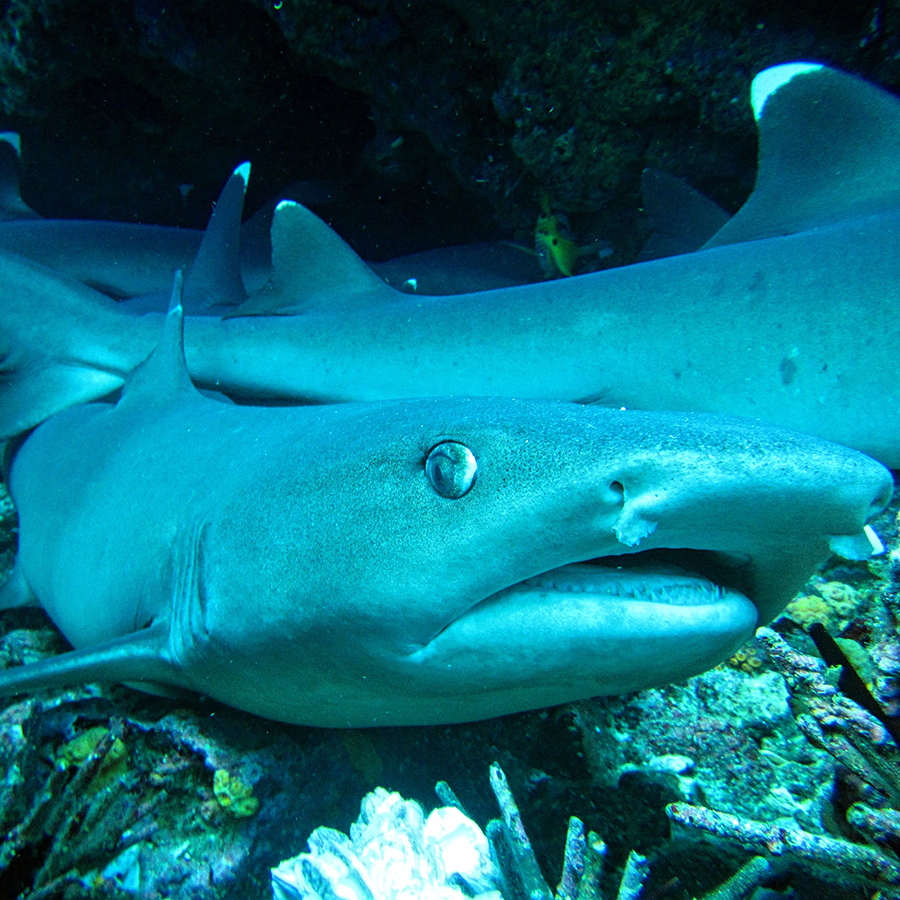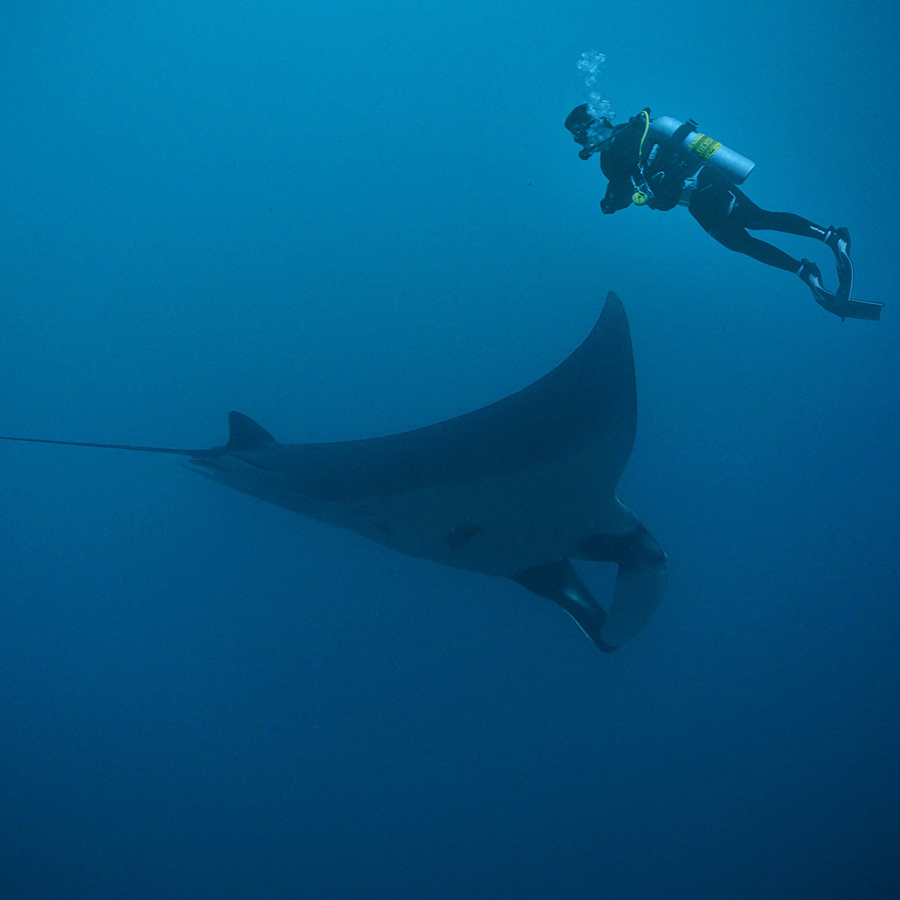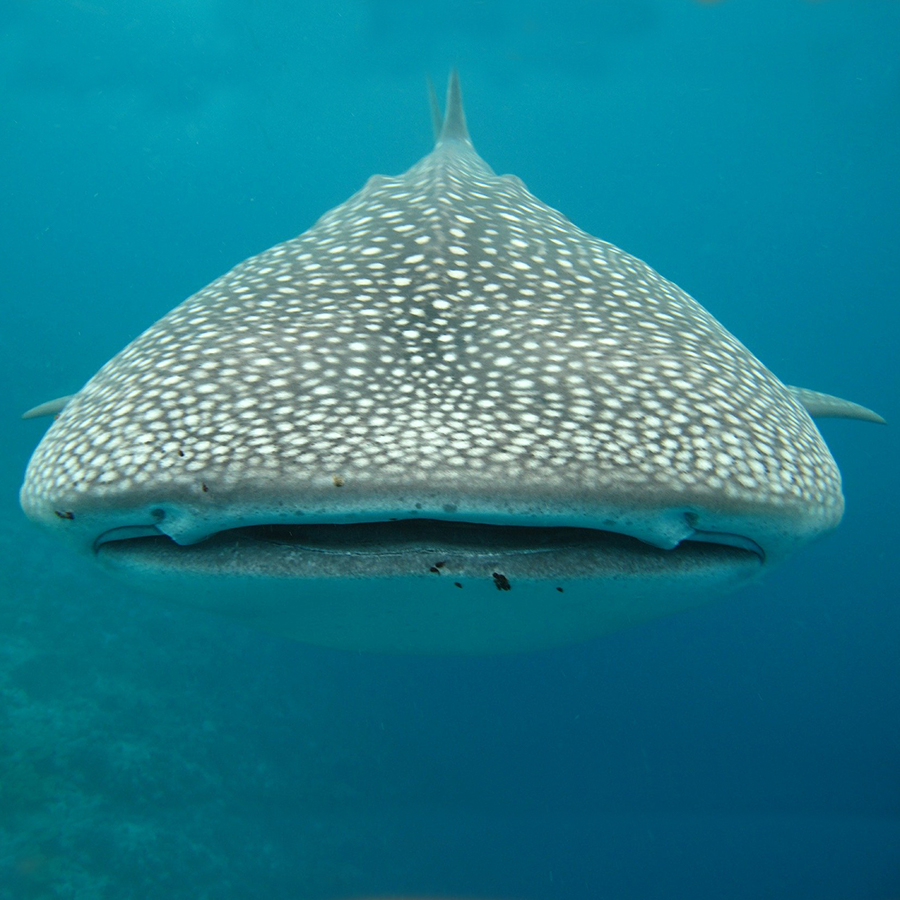Planning a Galapagos vacation? Want to know all about Galapagos Islands diving opportunities? Academy Bay Diving is here to help. On this page, you can find tips on what to see and when!
The Galapagos islands owe their astounding biodiversity and rich marine life to the converging of five major ocean currents and the equatorial surface weather. This creates the perfect conditions for life and for an adventure like no other!
Do you have any questions about our Galapagos Diving Tours or Daily Galapagos Land Tours? Please just get in touch for the answers you need.

All year (more frequent in Feb – June)

All year

All year

Dec – May

All year (more frequent Jan – June)

All year (more frequent Jan – June)

Aug – Dec

July – Nov

All year
The HUMBOLDT current, named after the European explorer Alexander von Humboldt, sweeps north up the western coast of South America carrying cold, nutrient rich water from the Antarctica. Travelling along the coasts of Chile and Peru, it creates the worlds most productive marine ecosystem I the process. At the equator the Humboldt turns west and joins the South Equatorial current before heading straight towards the Galapagos.
The Panama current which flows down from Central America is not nearly as rich in nutrients as the Humboldt, but it does make for warm diving with better visibility during the months of December – May. The wind driven north Equatorial Countercurrent that runs from west to east, cuts through the middle of the 2 west bound currents and directs south down the coast of Peru and Chile.
The final, and possibly most important is the Cromwell current (Pacific Equatorial Undercurrent), which flows about 300 feet down, from west to east along the equator. When it hits Galapagos, on the west coat of Isabela, there is un upwelling bringing more cool, nutrient rich waters. If you take a liveaborad that includes the dive at Punta Vincente Roca on the northwest coast of Isabela, you will understand the temperature difference!
Requirements for entry into Ecuador & Galapagos
Since June 20, 2008, any person from any country can enter Ecuador and obtain a visa on arrival for a period of 90 days. Normally all you need is your passport (valid for at least 6 months) and a return ticket. However, we recommend you double-check with your Ecuadorian Consulate. Similarly, you do not need a visa to enter the Galapagos islands, but there is a limit of 60 days for tourist activities each year. There are a couple of steps you will take for entry into the Galapagos islands that you can see below.
All flights to Galapagos originate in the mainland Ecuador, there are no direct International flights to the islands. Normally, due to flight times you will need to spend 1 night in Quito, Guayaquil or recently due to a new route Manta.
The Governing Council of Galapagos uses the Transit Control Card System to monitor visitors´ time spent in the islands. With the online service, the user can enter his or her information from the comfort of his home before embarking on his or her journey to the islands.
The information entered will be stored in a database that is accessible by the Governing Council´s Technical Secretary and institutional members, such as the Ecuadorian Ministries of Environment and Tourism. The Governing Council classifies the information collected as confidential and will not be made available to the general public.
You can go to the website below to register before you arrive to Ecuador, but if the system is down and it won’t work you can also do this in Ecuador just before you check in for your flight to Galapagos. If you are able to complete it online, print a copy, but you will still need to check in at the Galapagos Immigration desk at the airport to pay the $20 fee.
More info here.
BEFORE you check in at the airline counter you will need to pass all of your bags through the Galapagos bio security screening x-ray machine (checked and carry on). There is a limited list of fresh fruit and vegetables, nut and grains, that can be taken into Galapagos. Generally, anything in a sealed, store bought packet with a label is ok. If you want to snack on some fruit, apples are the safest bet.
After you have registered your TCT immigration card, paid the $20 and taken your bags through the Bio security screening, you can now check in at the airline counter!
You will need a return ticket to be able to proceed to the aeroplane.
On arrival to the islands you will need to sign a declaration stating you have not bought anything in your bags that the Bio security might have missed. Then you will need to pay the National Park entrance fee in cash. There is one ATM in the airport, but it’s not always working.
* MERCOSUR countries: Argentina, Brazil, Paraguay, Uruguay, Venezuela.
* CAN countries: Bolivia, Colombia, Peru.
Your safety remains our priority. Travel with confidence and read more about our bookings and Covid-19 safety policies.
The official currency in Ecuador and Galapagos is USD. There are multiple ATM’s on Islas Santa Cruz and San Cristobal. Isabela does now have 1 machine, but we advise that you don’t rely on it being functional! Many restaurants, souvenir shops and agencies now accept Credit cards, but most with an additional charge of 8-22%. Cash still Works best out here on the islands!
The cash machines will let you withdraw between $300 and $500 per day per card (depending on your limits and the cash machine you use). Please keep this in mind if you plan on booking a last minute cruise in Galapagos. Usually payments with credit card are available, but you don’t want to add on the 8-22% extra charge.
The Galapagos Islands are -1 hr EST (or -6 hrs GMT). Quito and Guayaquil Standard Time is the same as EST (-5 hrs GMT).
Don’t forget to turn your watch back when you arrive to the islands. Many phones don’t do it automatically. We have calmed many an irate customer who call us 1 hour before their tour departs demanding where we are!
Crew gratuities are not included in your package or dive tour price. This is a sensitive matter for everyone and we can only provide you with a general guideline and basic interpretation on expectations.
Our crew work very hard, on a competitive salary for 7 days a week, 2-3 weeks at a time, providing the best possible service for our guests.
There is no industry standard for crew gratuities on dive trips and the tipping habits vary from culture to culture. You will find that some literature says somewhere between 15% and 20% of the package price per passenger. This is unrealistic and might come across as outrageous for some.
We suggest you leave somewhere between 5% and 7% tip from the package price paid. This is of course if you are happy with the service provided by our crew. Your generosity will be greatly appreciated; we hope you appreciate our honest straight forward approach.
You will arrive to the islands during the hot or cold season (though depending on where you are from, the cold season is not that cold!) But the packing list is pretty similar for both seasons.
Once you have these essential items packed, just fill up your case with some clothes and you are set!